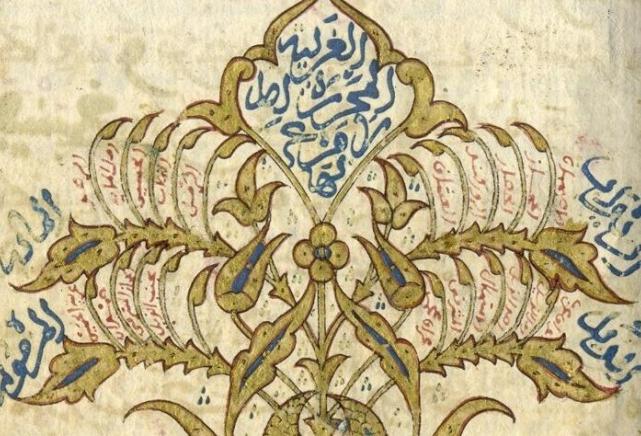Had Gadya
Written in Aramaic, Had Gadya appears at the very end of the Passover Haggadah. Like Ehad Mi Yodeah, also found at the end of the Haggadah, it is a cumulative song, with each verse adding another motif to the story. It begins with a kid bought by the “father” (of the singer-subject of…
The Portuguese Synagogue in Amsterdam
The beautiful Dutch synagogue is also known by its Ladino name, Esnoga, and is one of the Dutch Jewish community's most important structures. Its history and that of Amsterdam's Jewish community reflects the history of the entire Jewish community of the Netherlands.
During the 16th and 17th…
Tango (LKT)
This entry is part of the Lexicon of Klezmer Terminology (LKT). The LKT compiles a wide array of source materials that shed light on the historical and contemporary state of knowledge about klezmer music. Each entry includes a number of citations from primary and secondary sources that…
Mazurka (LKT)
This entry is part of the Lexicon of Klezmer Terminology (LKT). The LKT compiles a wide array of source materials that shed light on the historical and contemporary state of knowledge about klezmer music. Each entry includes a number of citations from primary and secondary sources that…
Mazur (LKT)
This entry is part of the Lexicon of Klezmer Terminology (LKT). The LKT compiles a wide array of source materials that shed light on the historical and contemporary state of knowledge about klezmer music. Each entry includes a number of citations from primary and secondary sources that…
Londre (LKT)
This entry is part of the Lexicon of Klezmer Terminology (LKT). The LKT compiles a wide array of source materials that shed light on the historical and contemporary state of knowledge about klezmer music. Each entry includes a number of citations from primary and secondary sources that…
Oberek (LKT)
This entry is part of the Lexicon of Klezmer Terminology (LKT). The LKT compiles a wide array of source materials that shed light on the historical and contemporary state of knowledge about klezmer music. Each entry includes a number of citations from primary and secondary sources that…
Krakoviak (LKT)
This entry is part of the Lexicon of Klezmer Terminology (LKT). The LKT compiles a wide array of source materials that shed light on the historical and contemporary state of knowledge about klezmer music. Each entry includes a number of citations from primary and secondary sources that…
Polonaise
This entry is part of the Lexicon of Klezmer Terminology (LKT). The LKT compiles a wide array of source materials that shed light on the historical and contemporary state of knowledge about klezmer music. Each entry includes a number of citations from primary and secondary sources that…
Polka
This entry is part of the Lexicon of Klezmer Terminology (LKT). The LKT compiles a wide array of source materials that shed light on the historical and contemporary state of knowledge about klezmer music. Each entry includes a number of citations from primary and secondary sources that…
Hopke (LKT)
This entry is part of the Lexicon of Klezmer Terminology (LKT). The LKT compiles a wide array of source materials that shed light on the historical and contemporary state of knowledge about klezmer music. Each entry includes a number of citations from primary and secondary sources that…
Ne’ilah
Nei’la is the fifth and last service of Yom Kippur (Day of Atonement). In contrast to all Sabbaths and Holy Days, which have four services, Yom Kippur is the only Holy Day that has five. As the last prayer of the day, Ne’ilah starts approximately one hour before sunset, and hence its Hebrew name,…




